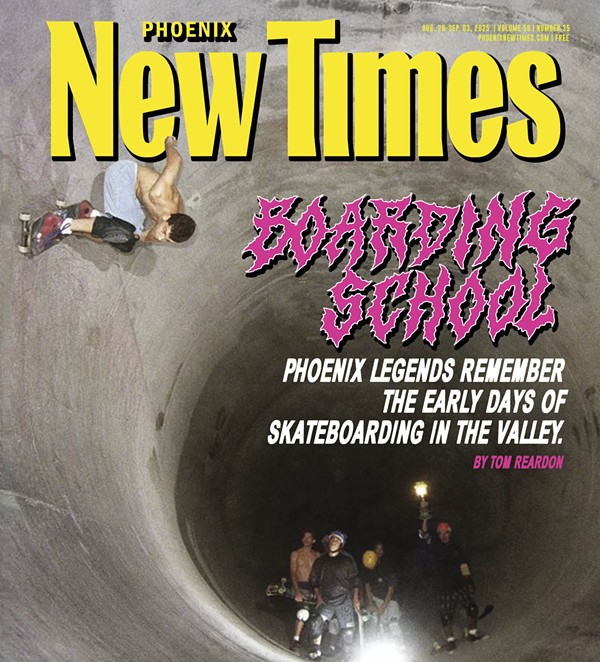In this frenzy of plundering the past, is nothing sacred?
For those of you too chronologically challenged to remember the original, Fred MacMurray starred as bumbling but brilliant Ned Brainard, a chemistry prof who invents "flubber"--flying rubber--and uses it to make both his Model T and his college's basketball team airborne.
The 1961 Disney production was one of the commercial highpoints of Disney's first live-action comedy phase, sandwiched between The Shaggy Dog (also with MacMurray) and the less stellar Son of Flubber. It was one of the highest-grossing films of the year and was nominated for three Oscars for art direction, cinematography and special effects.
The latter is particularly telling: It's easy to forget just how primitive effects technology was back in those pre-2001 days. To call them crude would be an understatement.
And the effects are, of course, the most obvious justification for remaking such a hoary antique. Much as the professor's flubber breathed new life into his wheezing old car, so do the new digital special effects goose up the energy level of this equally antiquated vehicle.
The other big justification is the casting of Robin Williams in the MacMurray role. Williams is so sui generis that his presence automatically changes any project he stars in. Surprisingly, in this case, the change isn't particularly welcome.
The new version--directed by Les Mayfield and produced by John Hughes (sharing screenplay credit with the late Bill Walsh, who wrote the first film)--is reasonably faithful to its model. Now Phillip Brainard is a professor at the nearly bankrupt Medfield College. He is so wrapped up in his research that he fails in every other aspect of his life: While he claims to love his fiancee, Sara (Marcia Gay Harden), he has missed their wedding three times. (In an interesting sign of the times, the fiancee character has been changed from the college president's secretary to the college president.) The understandably exasperated Sara is finally beginning to consider her other suitor, loathsome Wilson Croft (Christopher McDonald), who has built his career on stealing Brainard's ideas.
Brainard explains to Sara that he only missed their wedding because he was working on flubber, which could financially save the school. She doesn't believe him, but, unfortunately, evil magnate Chester Hoenicker (Raymond Barry) does. Together with his lamebrain son Bennett (Wil Wheaton) and hired goons (Clancy Brown and Ted Levine), he steals flubber.
Like the original, this plot is full of holes, too. And new problems have been introduced, in order to provide a showcase for digital effects. Inexplicably, Flubber '97 is anthropomorphic flubber--when it suits the filmmakers' purposes. Sometimes it's a cute little Pop 'n' Fresh clone with a will and a personality; other times it has the power to become a whole roomful of clones. And yet other times, it's just flying rubber. Kids might not mind, but adults will find their patience tried.
There is also the introduction of Brainard's robot/computer/companion, Weebo. Weebo is so clearly a more important invention than flubber that Brainard should already be richer than Edwin Land. In fact, Weebo can already fly, prior to the invention of flubber, by means just as mystical and impressive.
Weebo is the most interesting new element--a weird cross between Tinkerbell and the robot from Short Circuit. Weebo is actually so in love with her inventor that she materializes herself as a Mademoiselle-cover-girl type and visits him in bed in a diaphanous gown. Eventually, she more or less bears his child, in a plot twist that suggests Flubber as a fitting companion to Demon Seed and Alien Resurrection on a triple bill. It falls somewhere between the daringly inventive and the downright creepy.
Despite the general fidelity to Walsh's old screenplay, John Hughes' grimy fingerprints are all over the film, particularly in the inclusion of the same sort of broad, sadistic slapstick that characterized the Home Alone films. The sight of Levine getting hit on the head by a flubber-charged bowling ball is apparently such a guaranteed laugh-getter that it becomes a running gag. (And, truth be told, these Stoogelike moments were invariably the most hysterical to the little kids in my audience, so maybe Hughes knows what he's doing.)
If the update is mainly distinguished by its glossy effects and the hyperkinetic shtick level, what is least successful is Williams' performance. He's relatively restrained--which, by Williams standards, may not mean much--but he doesn't convey the bumbling charm that MacMurray had perfected in nearly 30 years of light comedies. His obliviousness is so total that he doesn't seem absent-minded so much as dangerously psychotic.
Flubber
Directed by Les Mayfield; with Robin Williams.
Rated








